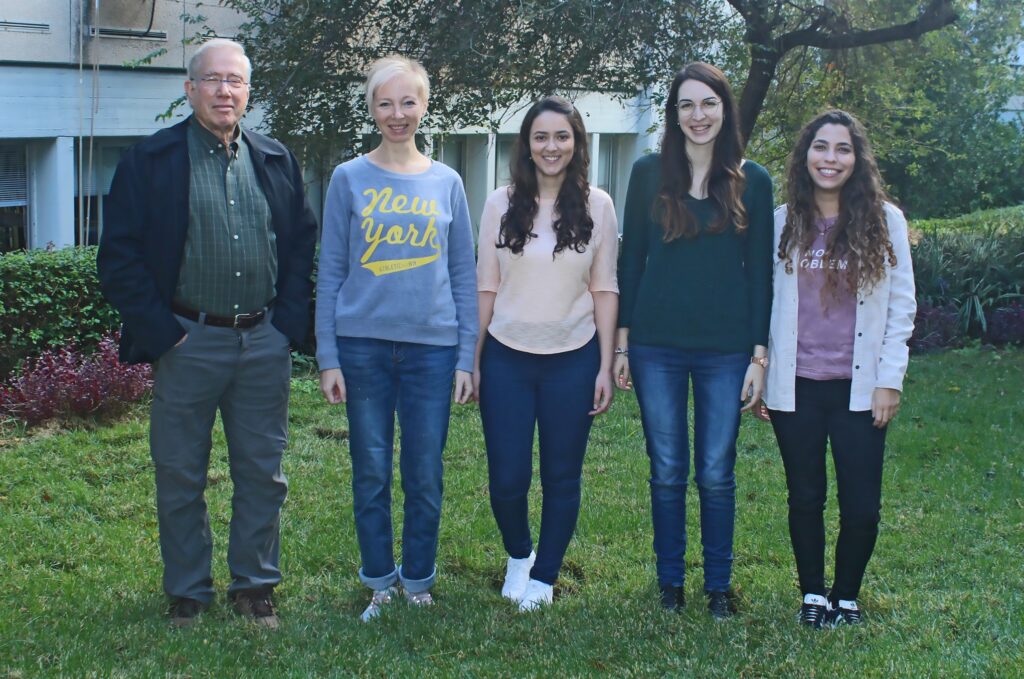
Our research activity has focused on the connection between the nanostructure and properties of complex liquids. Our main goal has been to elucidate the relations between the nanostructure of supra-molecular aggregates formed in these systems and their macroscopic properties, on the one hand, and the molecular structure of the system components, on the other hand. Direct imaging techniques of cryogenic-temperature transmission electron microscopy (cryo-TEM), high-resolution scanning electron microscopy (HR-SEM), including cryo-HRSEM and digital light microscopy (DLM) have been augmented by many “indirect techniques”, such as small-angle x-ray and neutron scattering, conductivity, fluorescence spectroscopy, NMR, and rheological properties measurements.
The systems our group has studied span the spectrum from pure synthetic surfactant solutions to commercial products, from biological systems to polymeric surfactants, from simple two-component systems to mixtures of increasing complexity, including nano aqueous systems, or systems of strong-acid solvents. To study these systems, the group has continuously developed and advanced experimental methodologies, making them applicable in the study of more diverse systems, including direct imaging of short-lived transient microstructures.
Because our work was started over 40 years ago, and since it has been advanced all those years, the group has found itself at the crossroads of nanotechnology and biotechnology, when those fields have become the foci of intense research and practical work, when it has become obvious that the Technion has the proper tools for the right problems at the right time. We have created at the Technion one of the foremost centers for direct imaging in liquid nanostructures, with a rare combination of infrastructure, know-how, and experience that has given us a leading role in this area worldwide.
Specific research projects (see the list of recent publications) include: Self-aggregation and growth in novel amphiphiles; microemulsion nanostructure; cholesterol crystallization in human and model biles; surfactant-polymer interactions in aqueous systems; dispersions of carbon nanotubes, boron nitride nanotubes, and other nanoparticles in superacids; DNA-lipid and DNA polyelectrolytes complexes for gene-therapy; self-aggregation in non-aqueous systems; the interaction between polyelectrolytes and oppositely charged amphiphiles and lipids.


You may contact us for more details.
